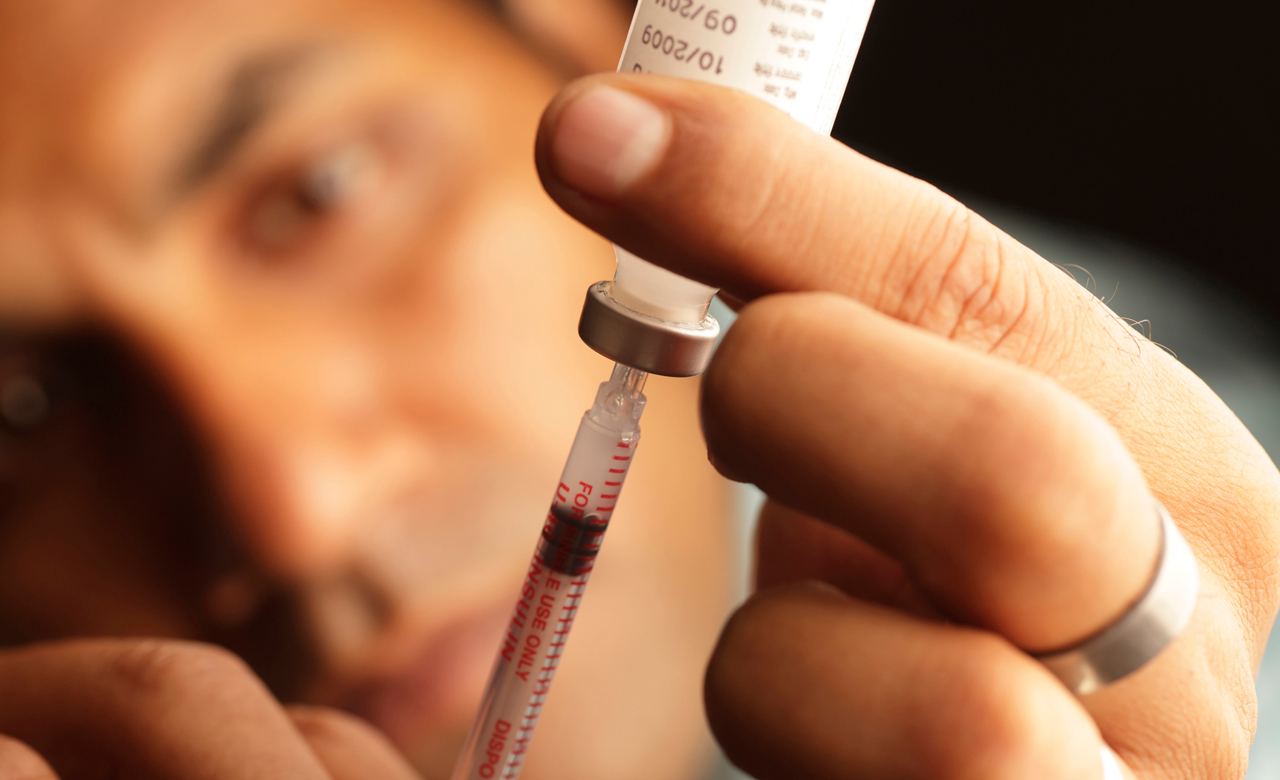Diabetes
Lauren Howell, PharmD

In July of 2023, the American Association for Clinical Chemistry and American Diabetes Association issued an update to the Guidelines and Recommendations for Laboratory Analysis in the Diagnosis and Management of Diabetes Mellitus, which were originally published in 2002. Using an evidence-based approach, the groups updated areas with new evidence that has developed since the last update to the guidelines in 2011.
The recommendations in these guidelines focus on the laboratory aspects of diabetes testing and management. They are not intended to replace or address recommendations that are made by the American Diabetes Association in relation to the clinical management of diabetes. While many of the recommendations made in these guidelines pertain to laboratory personnel, several recommendations are useful for pharmacists to know when counseling patients and determining monitoring parameters for treatment regimens. Here’s what pharmacists need to know from the updated guidelines.
Monitoring blood glucose and A1C
The first set of recommendations that pharmacists should be aware of involve the diagnosis and management of diabetes based on blood glucose levels. The guidelines recommend that fasting glucose be measured in venous plasma when used for diagnosis of diabetes and that a value ≥7.0 mmol/L (≥126 mg/dL) is indicative of a positive diagnosis. Additionally, A1C screening, fasting plasma glucose (FPG), or a 2-hour oral glucose tolerance test is recommended for individuals who are at high risk of diabetes. If A1C is <5.7%, FPG is <5.6 mmol/L (<100 mg/dL), or the patient’s 2-hour oral glucose is <7.8 mmol/L (<140 mg/dL), testing should be repeated every 3 years. Portable glucose meters should not be used to diagnose diabetes, including gestational diabetes.
Once a diabetes diagnosis has been established, the routine measurement of plasma glucose concentrations in a laboratory is not recommended as the primary method of monitoring therapy. Routine use of blood glucose monitoring in patients with T2D who are treated with diet or oral agents alone is not recommended. However, frequent blood glucose monitoring is recommended for all individuals with diabetes who are treated with intensive insulin regimens and are not using continuous glucose monitoring (CGM). Individuals who use insulin multiple times daily should be encouraged to perform blood glucose monitoring at a frequency that is appropriate for their insulin regimen, usually at least four times per day. Patients with diabetes should be instructed on how to use glucose meters correctly, including the proper technique for sample collection and use of quality control.
CGM
Real-time CGM should be used with insulin as a tool to lower A1C levels and to reduce hypoglycemia in teens and adults with T1D who are not meeting glycemic goals, have hypoglycemia unawareness, or episodes of hypoglycemia. Intermittently scanned CGM can also be considered in adult patients with T1D who are not meeting glycemic goals or experiencing hypoglycemia.
Real-time CGM should be considered to monitor A1C levels, time in range, and neonatal outcomes in pregnant women with T1D. Real-time or intermittently scanned CGM should be considered in adults with T2D who are using insulin and not meeting glycemic targets. In children with T1D, real-time or intermittently scanned CGM should be considered, based on regulatory approval, as a tool to improve glucose control and reduce the risk of hypoglycemia.
To help identify and address patterns of hyperglycemia and hypoglycemia in patients with T1D or T2D, consider using professional CGM data in addition to diabetes education strategies and medication dose adjustment. If a patient is using a CGM device that requires calibration, a blood glucose meter should be used to calibrate the device. This should be done when glucose levels are not rapidly increasing or decreasing. When CGM results are not available or seem to be inconsistent with the clinical state of the patient, a blood glucose meter should be used. Noninvasive glucose measurement systems should not be recommended as replacements for blood glucose monitoring or CGM technologies at this time.
Other recommendations
Other recommendations in the updated guidelines that may pertain to pharmacists include target glucose values for patients with gestational diabetes. Recommendations were also made for the timing of testing for gestational diabetes and how often pregnant patients with gestational diabetes should be tested for development of T2D after pregnancy. Some recommendations regarding the testing and treatment of diabetic ketoacidosis are also included. The complete guidelines can be found at apha.us/DiabetesLabGuidelines and are free to access. ■